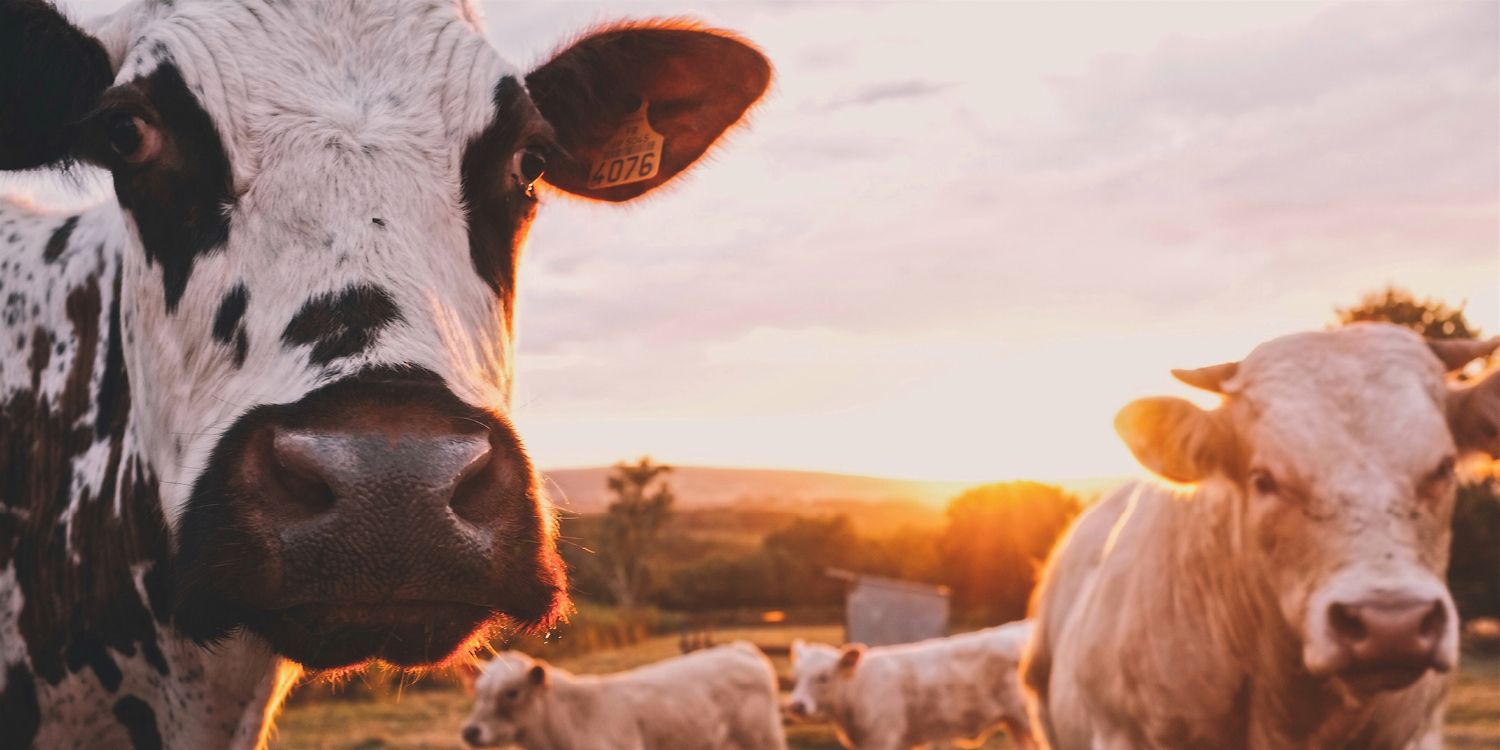
nbsp;
Animal land, particularly in its industrial form, has become a of planetary food product, shaping diets, economies, and landscapes across the world. However, this practice raises considerable right and situation concerns that justify troubled testing. The rise of factory farming has led to an new surmount of fauna farming, motivated by the for twopenny and easy meat, dairy farm, and eggs. This heavy-duty model focuses on maximising and profit, often at the expense of creature wellbeing and bionomic wellness. In manufacturing plant farms, animals are typically restrained to overcrowded spaces, with express get at to the open air, leadership to severe physical and psychological stress. Practices such as de-beaking chickens, tail dockage pigs, and constraining cows in cramped horse barn are commonplace, nurture serious right questions about the humanistic handling of sentient beings.
The situation touch of industrial miniature Shetland sheet for sale is evenly worrisome. These trading operations contribute significantly to glasshouse gas emissions, including methane and chemical element oxide, which are potent contributors to mood change. The massive quantities of feed needed to get large numbers pool of animals lead to and home ground end, as land is cleared to grow crops. This, in turn, results in biodiversity loss, as natural habitats are replaced with monoculture crops. Additionally, the overspill from fauna run off can lead to water contamination, harming subaqueous ecosystems and moving irrigate timber for homo consumption. The trend surmount of waste produced by mill farms also poses substantial challenges for run off direction and contributes to the unfold of antibiotic drug-resistant bacterium.
In response to these concerns, there has been a growth front towards more property and ethical alternatives to heavy-duty brute farming. Practices such as organic fertiliser land, regenerative husbandry, and range-based systems aim to meliorate beast welfare, tighten environmental bear upon, and raise soil health. Organic land, for example, prohibits the use of synthetic pesticides and fertilizers, and requires animals to have get at to outdoor spaces, thereby up their timber of life. Regenerative farming goes a step further by direction on restoring soil wellness through techniques such as rotational shaving and wrap up cropping, which can isolate carbon paper and enhance biodiversity.
Consumer sentience and demand for more right food choices have also spurred changes in the industry. Many people are increasingly curious in sourcing meat and dairy from farms that prioritize brute welfare and state of affairs sustainability. This transfer is reflected in the increment of certification programs and labels that indicate higher welfare standards, such as Certified Humane or Animal Welfare Approved. Moreover, advances in plant-based and lab-grown meat technologies volunteer promising alternatives that could reduce trust on orthodox animal land, potentially alleviating some of the associated right and environmental issues.
Despite these prescribed developments, challenges stay on in transitioning away from industrial animal land. The surmount of the industry and the entrenched nature of current practices make systemic change unruly. Additionally, there are worldly considerations, as many farmers rely on heavy-duty methods for their living and may face commercial enterprise obstacles in adopting more property practices. Policymakers, consumers, and manufacture leaders must work together to address these challenges, fosterage innovations and regulations that subscribe ethical and environmentally amicable land practices.
In ending, while fauna farming stiff a critical portion of world food systems, the heavy-duty go about poses considerable right and environmental challenges. The movement towards more field and property practices represents a hopeful shift, but continuing efforts are necessary to meaning transfer. By embracing choice methods and supporting policies that prioritise beast eudaimonia and situation stewardship, it is possible to produce a food system that respects both the animals and the planet.
